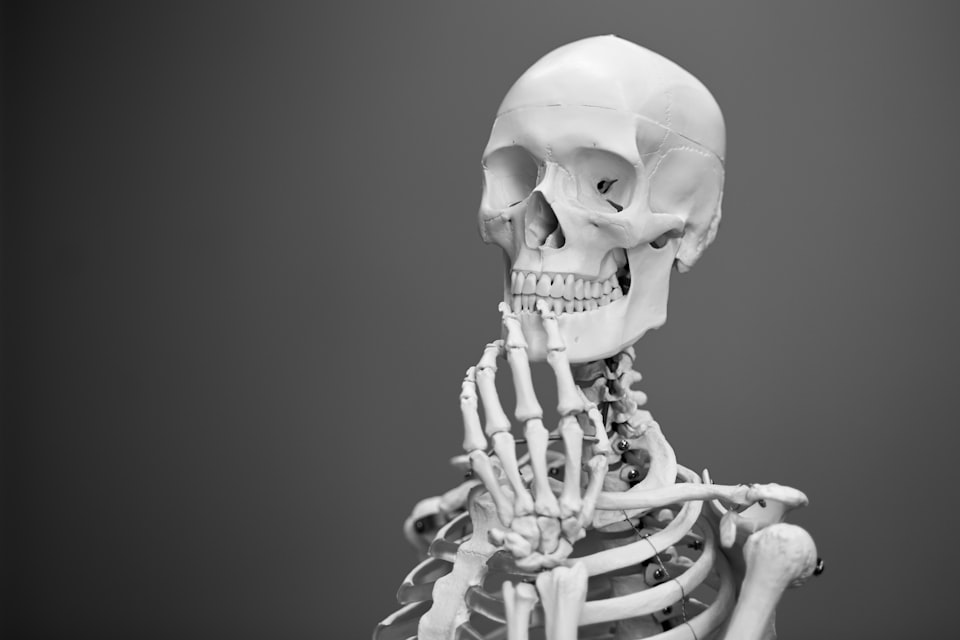Anatomy for the Primary FRCA

This post is a list of all the required anatomy knowledge for the Primary FRCA exam.
There's a whole wealth of anatomy resources available online, some free and some paid, and many people already have their own preferred resource that they've used since medical school.
So rather than try and recreate all of the anatomical drawings and images that have been done brilliantly elsewhere, we thought we'd link a few of our favourites here, along with the syllabus so you know if you've learned enough for the exam.
Primary FRCA Anatomy syllabus
- Mouth, nose, pharynx, larynx, trachea, main bronchi, segmental bronchi, structure of the bronchial tree; age-related changes from the neonate to the adult
- Airway / respiratory tract blood supply and innervation
- Pleura [including surface anatomy], mediastinum and its contents
- Lungs; lobes and microstructure of lungs
- Diaphragm, other muscles of respiration including innervation
- The thoracic inlet and 1st rib
- Interpretation of the normal adult chest x-ray
- Heart – chambers, valves, conducting system and pericardium; blood supply and innervation
- Great vessels, main peripheral arteries and veins
- Brain and its subdivisions; blood supply
- Spinal cord, structure of spinal cord, major ascending and descending pathways; blood supply
- Anatomical organisation of pain and sensory pathways from the periphery to the central nervous system
- Pain pathways relevant to the stages of obstetric labour and delivery
- Spinal meninges, subarachnoid and extradural space; contents of extradural space
- Anatomy of CSF system
- Spinal nerves; dermatomes; applied knowledge of dermatomes in regional anaesthesia
- Brachial plexus; nerves of the upper limb
- Intercostal nerves
- Nerves of the abdominal wall including innervation of the inguinal region
- Lumbar and sacral plexuses; nerves of the lower limb
- Anatomical organisation of the autonomic nervous system
- Sympathetic innervation, sympathetic chain, ganglia and plexuses
- Parasympathetic innervation; cranial and sacral outflow
- Stellate ganglion
- Cranial nerves
- Innervation of the pharynx and larynx
- Eye and orbit
- Functional anatomy of the hypothalamic/pituitary system
- Functional anatomy of the adrenal gland
- Functional anatomy of the thyroid and parathyroid glands
- Anatomical organisation of the endocrine pancreas
- Cervical, thoracic and lumbar vertebrae
- Sacrum, sacral hiatus
- Ligaments of vertebral column
- Surface anatomy of vertebral spaces; length of spinal cord and subarachnoid space; age-related differences from the neonate to the adult
- Structures in the antecubital fossa
- Structures in the axilla: landmarks for identifying the brachial plexus in the neck and axilla
- Large veins of the neck and the anterior triangle of the neck; surface anatomy and ultrasound demonstrated anatomy relevant to insertion of central venous cannulae
- Large veins of the leg and femoral triangle
- Arteries of the upper and lower limbs
- Landmarks for performance of cricoid pressure and surgical airway procedures
- Landmarks for insertion of intercostal drainage catheters